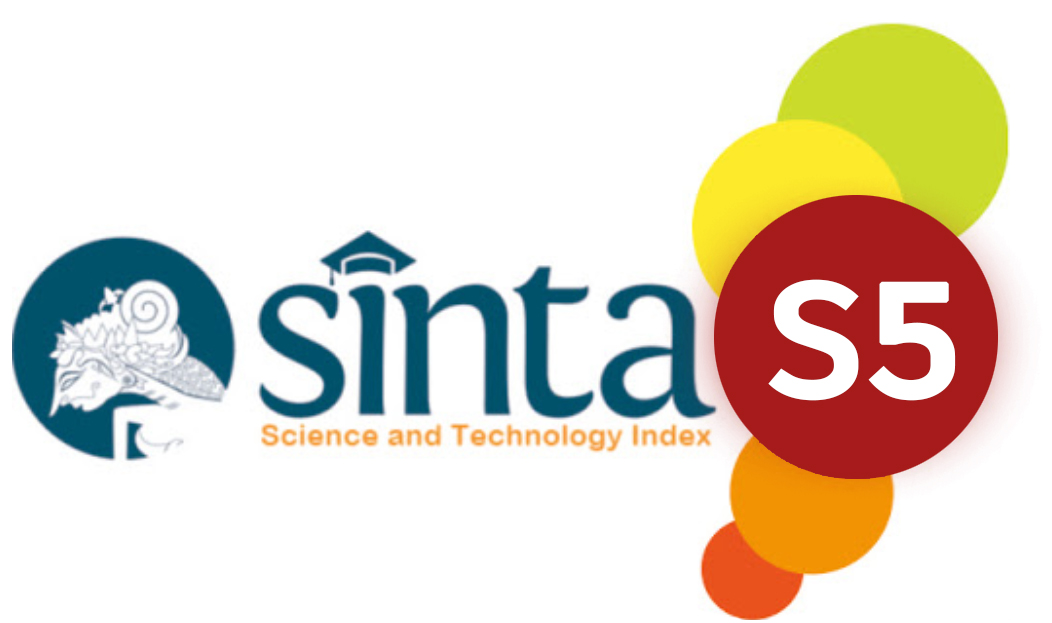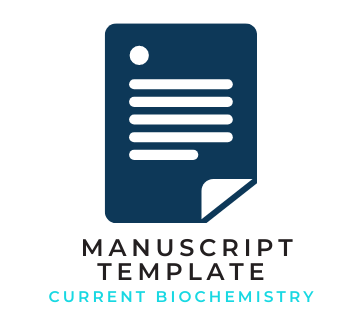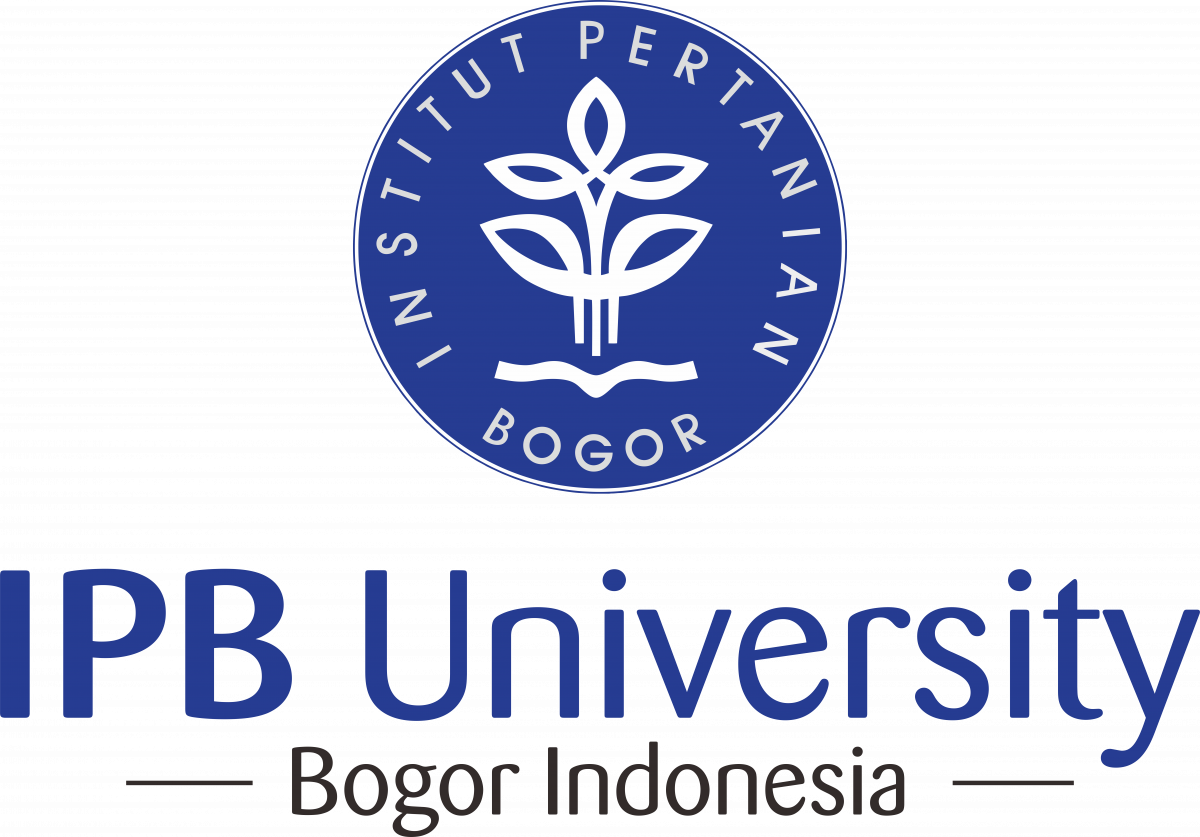The Potency of Senggani (Melastoma malabathricum L) Leaves in Repair of Pancreatic Beta Cells for Diabetes Mellitus Patients: A Narrative Review
Abstract
Diabetes mellitus is often caused by damage to pancreatic beta cells which play a role in secreting insulin in the body. Damage to pancreatic beta cells causes the body to lack insulin. Dipeptidyl peptidase-4 (DPP-4) is a peptidase enzyme complex located on the surface of the cell membrane. Inhibition of the DPP4 enzyme will increase blood GLP-1 levels and induce regeneration of pancreatic beta cells. Senggani leaf (Melastoma malabathricum) boiled water is believed by the people of the Ciamis area to be used as a diabetes medicine. There have been many studies and reviews related to Senggani (Melastoma malabathricum) and its potential. This review focuses on the discussion of Senggani as an antidiabetic by analyzing the reduction in glucose levels and the repair ability of pancreatic beta cells. The results of the literature study that show that senggani leaves have the ability to reduce blood glucose levels and repair activity of pancreatic beta cells through the DPP-4 enzyme inhibition mechanism supported by molecular docking simulation data. There are 12 active compounds that have a binding site similarity above 50% with the comparison compound vildagliptin. Rutin is the best active compound which has a 100% similarity of the binding site. Based on in vivo research and toxicity analysis on the admetsar database, senggani leaf extract and active compounds of senggani leaves have low toxicity, making it safe to be used as antidiabetic herbal preparations.
Copyright (c) 2020 Galuh Rizal Prayoga, Aziz Syamsul Huda, Syndilona Br Sitepu

This work is licensed under a Creative Commons Attribution-ShareAlike 4.0 International License.












